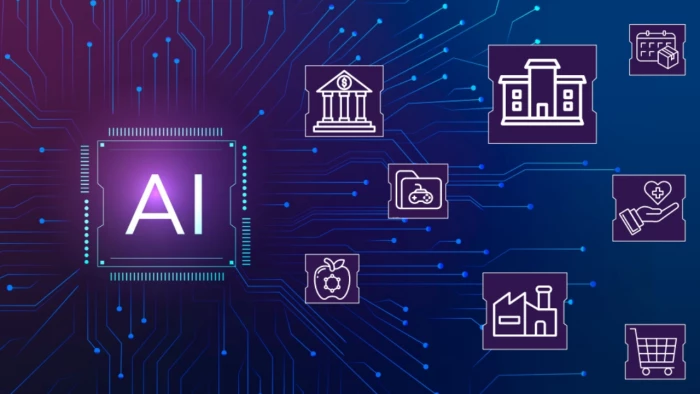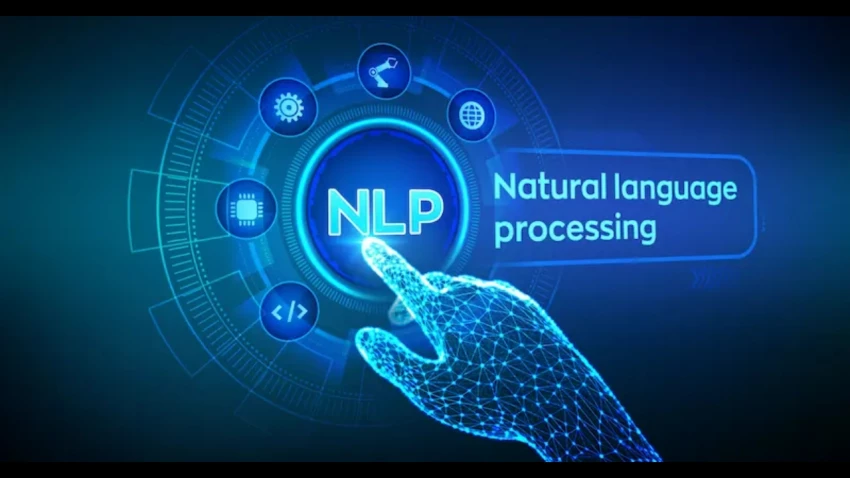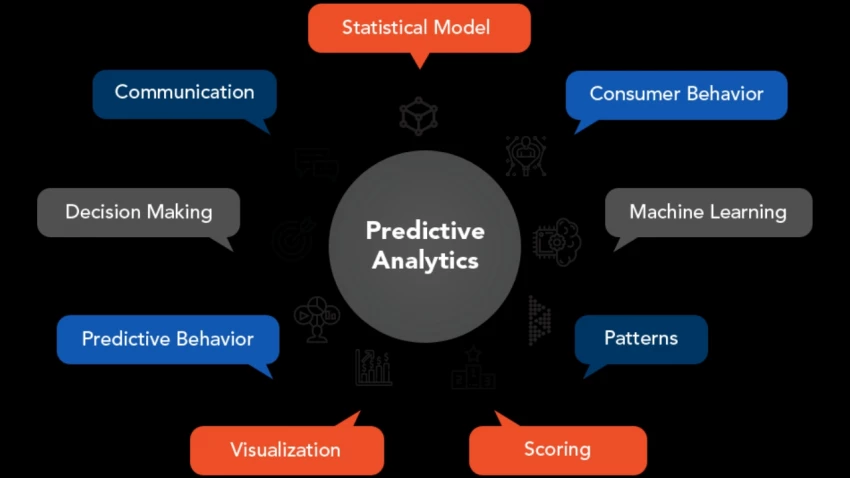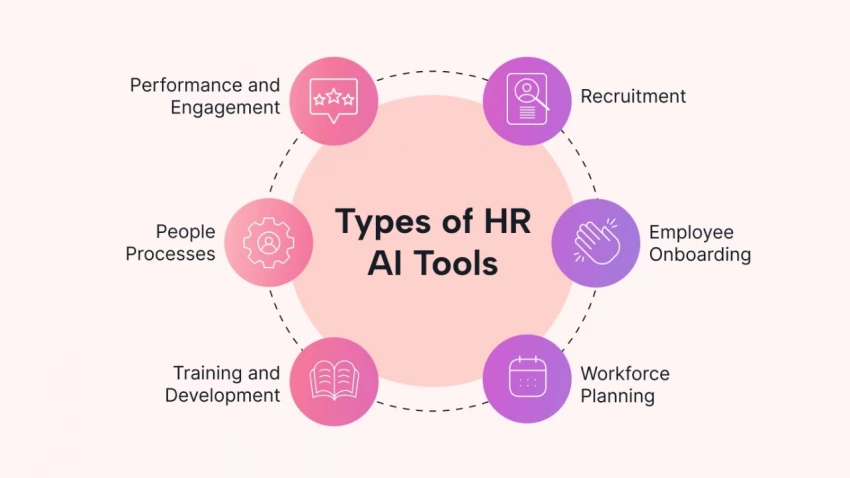

Artificial Intelligence is no longer a “big tech” playground. It’s becoming a critical lever for small businesses, mid-sized companies, and startups to compete. According to PwC’s global AI report, the AI market could contribute $15.7 trillion to the global economy by 2030, making it the biggest commercial opportunity in today’s fast-changing world.
For a small marketing agency, AI might mean automating social media scheduling. For a mid-sized logistics company, it could mean predictive route optimization. The point is simple - whether you’re 5 people or 500, the competitive gap between AI adopters and non-adopters is widening fast.
Before buying any AI tool, you need a map - literally. Without understanding your current process, AI will be like adding a turbocharger to a car with flat tires. Start by visualizing your workflows using platforms like Lucidchart or Miro.
Highlight repetitive, time-consuming, and error-prone areas. If your sales team spends three hours a day copying CRM notes, that’s an obvious AI automation candidate. If your customer support team answers the same question 50 times a week, AI chatbots can handle it.
Ask yourself: Are we solving a genuine bottleneck or just adding shiny tech for bragging rights?

AI works best when it’s laser-focused. Here are common starting points:
When picking a tool, weigh cost, integration capability, scalability, and support. For example, Zapier AI lets you connect over 5,000 apps without writing a line of code, making it perfect for startups that need automation but can’t afford custom development.
Decide if you need a SaaS solution or a custom AI model. SaaS is quick to deploy but limited to predefined features. Custom AI offers tailored functionality but comes with a higher cost and complexity.

Rolling out AI should be evolutionary, not revolutionary. Start small with one process or department. Test AI alongside existing methods in a parallel run. This reduces risk and makes adoption easier for your team.
Your employees need to understand that AI is a collaborator, not a replacement. According to a McKinsey report on workplace automation, companies that invest in training during AI rollouts see adoption rates jump by over 30%. Resistance usually stems from uncertainty; tackle that head-on.
You can’t manage what you don’t measure. Set KPIs before you deploy. Track time saved, errors reduced, conversion rates, and customer satisfaction.
One retail startup I worked with used AI chatbots to handle support queries. Within three months, they cut response times by 60% and freed two full-time staff members to focus on retention campaigns. The return on investment was clear and measurable.
If AI handles your customer data, compliance is non-negotiable. Ensure your vendors meet standards like GDPR, CCPA, or SOC 2.
Ask vendors about their data storage policies, encryption methods, and breach response plans. A cheaper AI tool is expensive if it puts your customer trust at risk.
Once AI proves its value in one area, expand. You might start with automating invoices and later move to demand forecasting, lead scoring, and HR recruitment screening.

AI models learn from feedback loops, so keep refining inputs and retraining where possible. The better your data, the smarter your AI gets.
AI is evolving at a breakneck pace. New tools launch every month, and existing platforms roll out upgrades constantly. Build AI literacy into your company culture. Encourage your team to experiment with emerging tools like Perplexity AI for research or Runway for creative projects.
The companies that thrive will be those that see AI as a constant companion, not a one-off project.
AI isn’t just about automation. It’s about amplification - doing more with less, making faster decisions, and unlocking new opportunities. By mapping your workflows, picking the right tools, starting small, and measuring success, you can integrate AI smoothly without disrupting your core business.
The businesses that act now will shape the future. The rest will watch it happen.
Be the first to post comment!